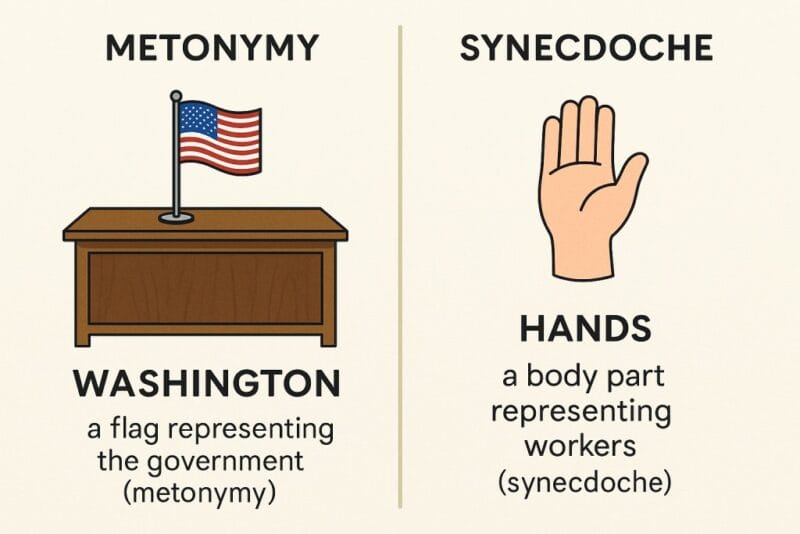Analepsis, a compelling technique in storytelling, revisits past events within a narrative to enrich its structure. Often referred to as a flashback, this literary device shifts the timeline to reveal the backstory of characters and events. In literature, analepsis strengthens the narrative by uncovering characters’ motivations and histories, adding layers to the story’s overall impact.
Incorporating flashbacks can significantly reshape the pacing and structure of a narrative, adding complexity and building tension. Authors often use this technique to reveal key moments that shape the present storyline, contributing to a multidimensional plot. By doing so, they engage readers in a unique journey through time, blending the past and present seamlessly to enrich the story.
While analepsis is a tool often used in various forms of storytelling, its application in literature requires careful consideration. The effective use of flashbacks should feel intentional and integral to the narrative, rather than an interruption. Through skillful integration, authors are able to weave intricate storylines, illuminating hidden connections and revealing the deeper essence of the narrative.
Analepsis in Narrative Structure
Analepsis is a Greek word meaning “to take up” or “to retrieve.” This contrasts with prolepsis, which involves projecting future events into the current time of the story. Anachrony is a broader term encompassing both analepsis and prolepsis, disrupting the chronological order to reveal elements critical to the narrative. Analepsis is widely used to build a complex narrative structure by altering the timeline.
Function, Types, and Usage
Analepsis plays a significant role in deepening character backstories and enhancing plot development. By shifting the timeline, authors can introduce events that have shaped the personalities and motivations of characters.
This technique not only offers a richer context but also adds emotional resonance to the storyline. It enables the introduction of suspense and foreshadowing, keeping the audience engaged by gradually unfolding critical information. Analepsis is essential for integrating multiple timelines seamlessly, creating a cohesive and intricate narrative structure.
Analepsis consists of two primary types: internal and external. Internal analepsis refers to flashbacks that portray events occurring within the timeline of the main narrative. External analepsis covers events that occur outside the primary narrative timeline, providing insights beyond the immediate scope of the story. Often, these techniques uncover crucial backstories or concealed connections between characters and events.
The effective use of analepsis contributes to the layering of narrative elements, guiding the reader through a well-orchestrated interplay of past and present. This narrative technique helps maintain interest and build a cohesive storyline while exploring multidimensional character development.
Examples and Analysis
Analepsis is widely used across various forms of media, not only in literature but also in films and television, each offering unique portrayals of this narrative device.
In Heart of Darkness (1899) by Joseph Conrad, flashbacks are used to reveal Marlow’s past experiences, creating depth by contrasting past and present. Similarly, The Great Gatsby (1925) by F. Scott Fitzgerald uses analepses to explore Gatsby’s past, which deepens the understanding of his motivations and the unfolding drama.
The Harry Potter series features the Pensieve as a narrative device for flashbacks, where memories are revisited to provide essential plot details. Dream sequences or reflective flashbacks are other literary techniques that offer audiences insight into a character’s psyche or history, enhancing the storytelling experience without interrupting the flow.
Such flashbacks are not only instrumental in character exploration but also serve to highlight thematic elements. For instance, reflections through dream sequences or nonlinear storytelling in novels often reveal inner conflicts or foreshadow future events. In literature, the technique of in medias res involves starting in the midst of action, often leading to analeptic narratives that fill in prior events.




